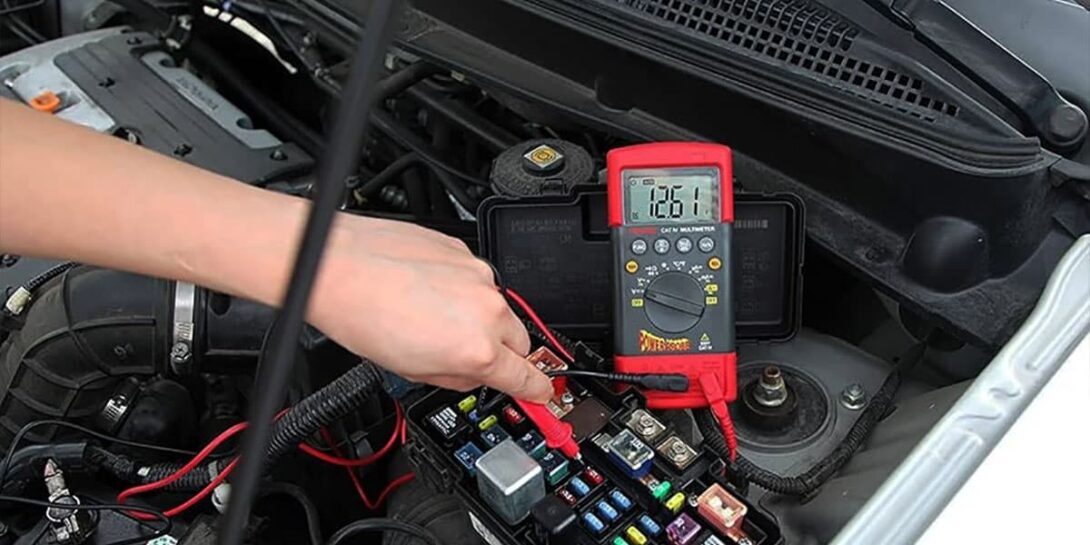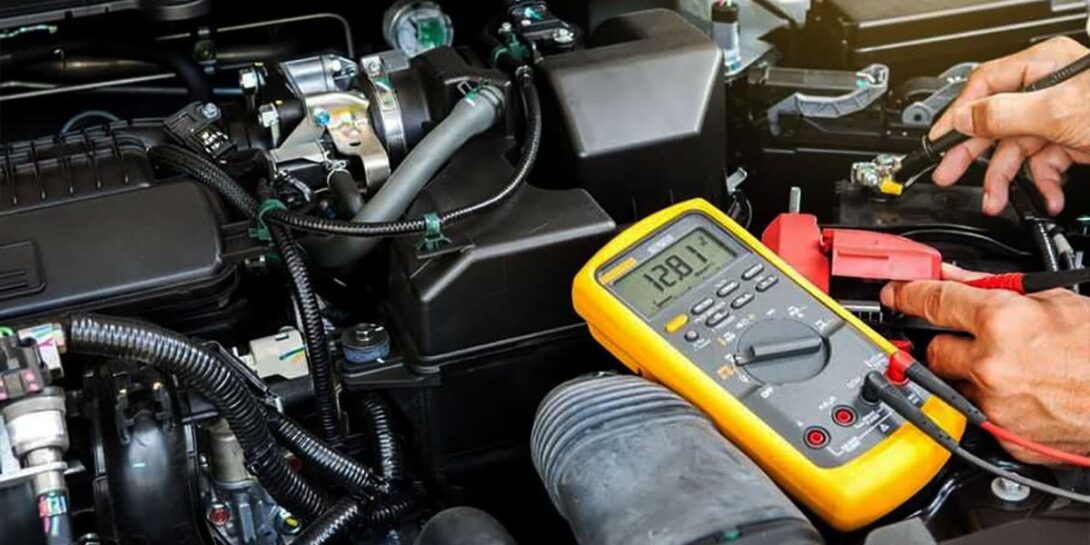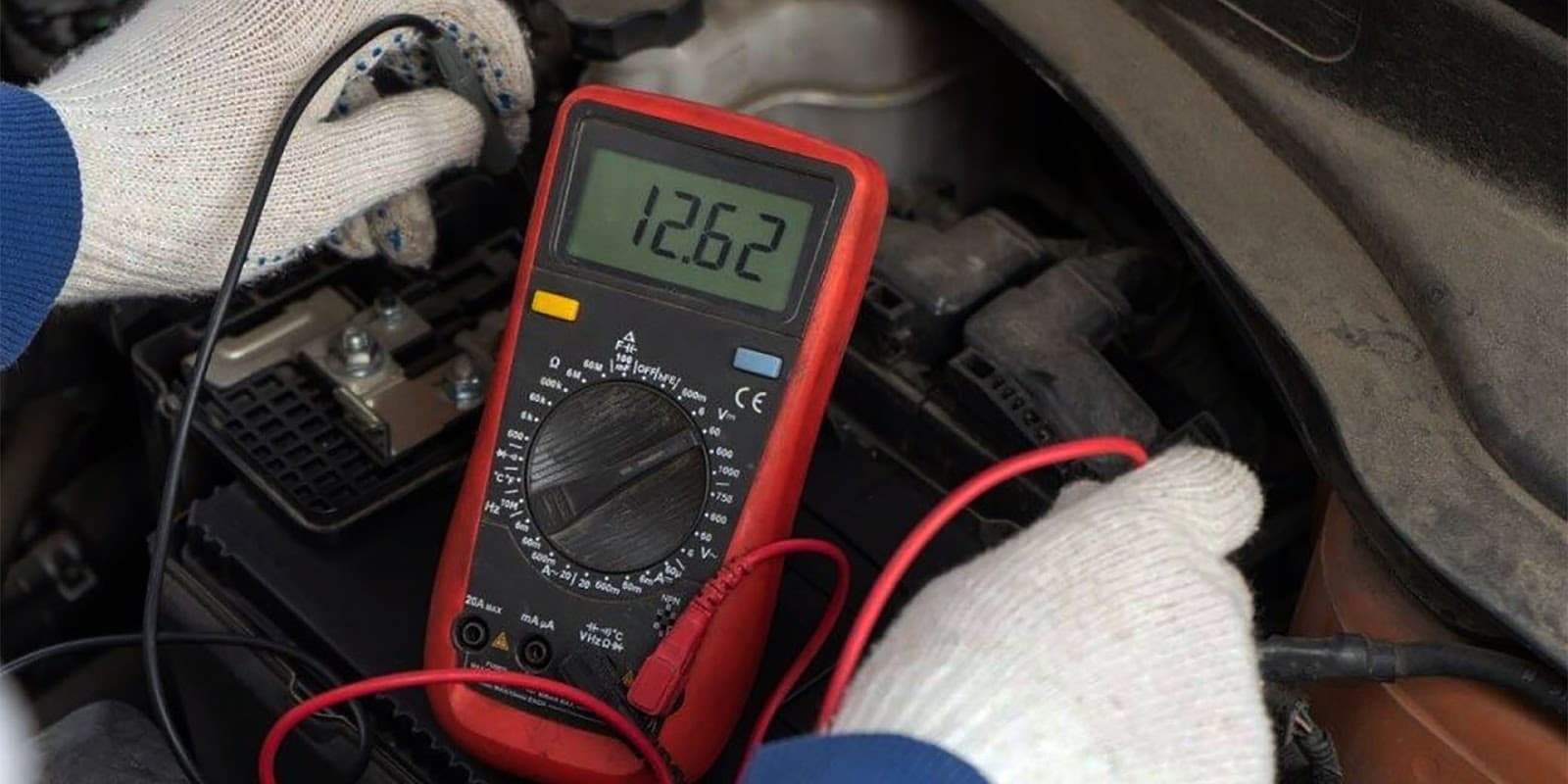A trusty multimeter for mechanics is as vital for diagnosing vehicles as a good wrench set. They use these handy tools quite often to measure key electrical quantities. Without the ability to see voltage, current, resistance, and other readings, finding the root of electrical problems would involve much more guesswork.
In this article, I will help you pick the perfect multimeter partner for your auto shop needs. I’ll overview what capabilities to look for in a top-notch meter, run through the main types available, and provide tips for selecting an ideal model for automotive testing. With criteria for evaluating AC/DC voltage, current, continuity, frequency, and other key parameters, you’ll be able to find the right device for faster and more efficient electrical troubleshooting.
Understanding multimeters
A multimeter, or multitester, is an electronic instrument used to measure multiple electrical parameters. The most basic functions of a multimeter are to measure voltage, current, and resistance. A typical multimeter can also measure continuity, capacitance, frequency, and other characteristics.
There are two main types of the multimeter for mechanics: analog and digital. Analog multimeters indicate measurements by means of a small needle moving over a numbered scale. They are simple and inexpensive but lack precision. Digital multimeters give numerical readouts on an LCD or LED display, providing more accurate measurements with greater resolution.
The main differences between analog and digital multimeters involve precision, accuracy, resolution, and impedance. Digital models are capable of making more sensitive and precise measurements. They may also include additional features like diode and continuity checks. However, analog versions excel in displaying fluctuations or trends in readings. Overall, digital multimeters are more popular today due to their advanced functionality. However, many auto mechanics prefer using analog and digital multimeters together in auto repair.
When selecting a multimeter, mechanics should consider what parameters they need to measure and whether precision or affordability is a higher priority. Understanding the pros and cons of analog vs digital will help you choose the best tool for their diagnostic needs.

Key features to consider
When testing vehicle electronics, every decimal point matters. Inaccurate multimeter readings during diagnostics can send mechanics down the wrong path, wasting time and money. For accurate troubleshooting, electricians rely on high-precision multimeters to provide correct voltage, current, and resistance measurements.
Automotive technicians need test tools with wide measurement ranges and high resolution to handle everything from low-voltage sensor circuits to high-draw starter systems. Models that measure microamps to hundreds of amps with 4+ digit precision ensure mechanics can trust the numbers guiding repairs.
Clunked, dropped, soaked in oil or fuel—multimeters endure tough workshop conditions. Durable features like thick protective rubber casing, molded grips, and battery compartments with sealing gaskets allow reliable function despite harsh elements. Double-molded lead wires also increase lifespan. Prioritizing robustness ensures years of consistent service.
Finally, mechanics safeguard themselves by selecting meters with integrated safety protections. Built-in fuses, overload warnings, and category ratings prevent damage if users accidentally overload tool capacities while testing live circuits. Safety ratings indicate maximum voltage limits technicians can safely measure critical knowledge when probing unseen electronics where danger lurks. Selecting multimeters designed specifically for automotive use checks important boxes for workshop-level demands.

Special functions for automotive use
While all multimeters share basic voltage, current, and resistance testing capabilities, auto mechanics require specialized functions designed for diagnosing vehicle electronics. Modern digital multimeters have become indispensable garage tools by offering specific modes tailored to automotive needs.
For example, an engine not hitting proper RPMs likely has issues with ignition components failing to fire spark plugs properly. A multimeter with an RPM clamp probe allows technicians to monitor ignition system signals, RPM rates, and crankshaft position sensor operation and determine if components meet manufacturer specifications.
Additionally, multimeter features for mechanics, like measuring duty cycle signals or pulse widths, let mechanics test the characteristics of fuel injectors, emissions systems, and transmission solenoid activation to uncover driveability problems. Specialized automotive multimeter functions also diagnose charging system issues and test servo motors, pressure sensors, and countless other integrated vehicle electronics lacking proper diagnostic connectors.
Purpose-built for the needs of auto technicians, specialty automotive multimeter tools provide capabilities unattainable by general-use meters. By packing workshop-specific measurement modes better suited for diagnosing modern vehicle systems into durable, accurate, high-resolution platforms, digital multimeters become irreplaceable for decoding electrical faults quickly and reliably.
To summarize, mechanics rely on multimeters every day to accurately diagnose complex electrical problems. Choosing a meter with automotive-specific features, rugged construction, accurate readings, and safety features ensures technicians have the best tool for the job. I hope my article helped you understand multimeters better and choose the right one for you. Investing in a quality automotive multimeter means faster and better quality electrical diagnostics tools for cars. Accordingly, increasing the quality of your work and attracting new clients.
